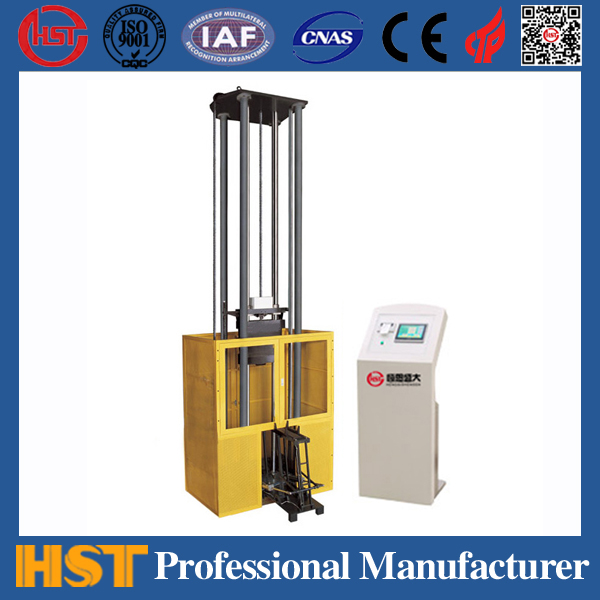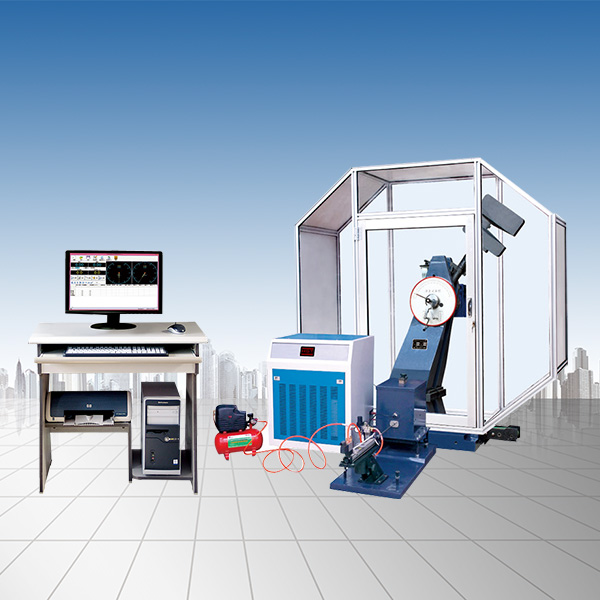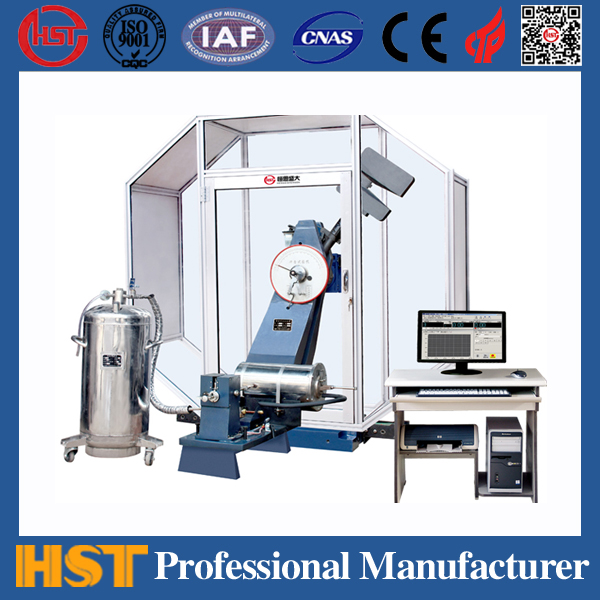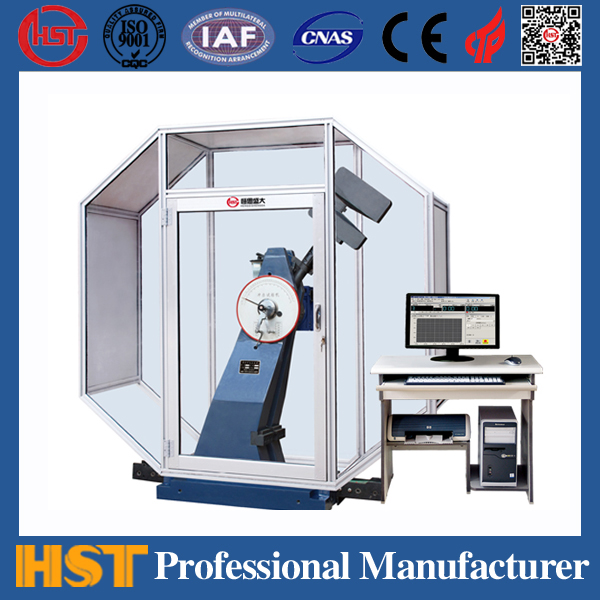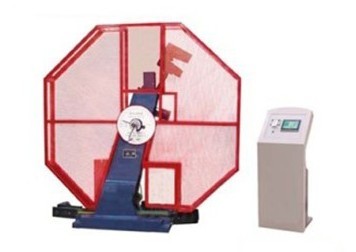Company News
What kind of test is carried out for universal testing function
Release time:2018-11-23 source:Jinan Hengsi Shanda Instrument Co., Ltd. Browse:
The universal testing machine includes one or more vertical load seats, a fixed horizontal foundation is installed on the columns, and a movable horizontal cross head (cross beam) is also on the top. In today's universal testing machines, ball screws are usually on the columns to fix the movable cross head. The size of the universal tensile testing machine is characterized by a load-bearing level of the frame and a dynamometer measuring load/tension force. The dynamometer is attached to a movable cross head driven by an electric motor or hydraulic device. The series of dynamometers with fixtures measure the magnitude of force, and the results can be displayed through a digital display or PC. Many UTMs have interchangeable dynamometers and therefore can match the different materials tested. Static tests are carried out using a standard electronic universal testing machine, and the usual loading speed range is 0.001~20 in./min (1in.=2.54cm). Dynamic or cyclic tests such as crack growth and fatigue tests are usually performed using a hydraulic servo system UTM test machine, which is longer and has a lower load.
EarlyUniversal testing machineWith similar electronic components and recorders. Now it has been replaced by CNC devices and PC software. New automatic control devices can run tests, display data, and sometimes even record while running. In the past recorders, including the digital display era before PC software, the test information obtained by users was load/deformation curves, the Y-axis represents stress, and the X-axis represents deformation. These curves also need to be calculated and interpreted. The system can still provide these curves, but can also calculate data such as yield strength, damage strength and modulus.
Currently,Universal testing machineCommon items tested are tensile strength and tensile modulus, flexural strength and modulus. When performing tensile tests according to ASTM D 638 and ISO 527, there are clamps on both ends of the spline. One clamp is stationary and the other is fixed on the cross head, moving away from the fixed clamp, pulling the spline until the spline breaks, and the cross head will automatically stop when it breaks. During bending test (ASTM D790, D6272 and ISO178), the spline is placed on the two supporters of the test machine fixing machine tool. In this test, the direction of the crosshead movement is opposite to the direction of movement in the tensile test, pushing towards a center without support instead of traction until the spline bends or even breaks. Because most thermoplastic materials do not break during this test, it is impossible to calculate the fracture bending strength. Therefore, the standard test method requires the calculation of bending stress when the strain is 5%.
UTM testing machines are generally rarely used in compression tests, although this is a major test for rigid plastic foams in ASTM D1621 and ISO 844 standards. The UTM tester can also be used for crushing tests of injection molded products of any shape, such as bottles, and the stress value required to break or deform the sample at a certain height, that is, the compression strength value.
According to statistics from UTM suppliers, shear tests are even less common for plastic materials. The shear strength value is measured by placing the sample in a punch-type shearing device. The impact speed is 0.005 in./min until the movable part of the sample completely exposes the fixed part. The shear strength value is the value of stress/shear area. This is important in film materials and sheet products, as this type of damage is prone to occur in such products, but this is not a factor that is considered in other extrusion and injection molding products. When testing according to ASTD732 (no equivalent ISO standard) standard, the commonly used samples are plastic sheets or injection molded discs with a thickness of 0.005~0.500 in.
- Previous article:Instructions for the use of universal testing machine software
- Next article:The CNC display system of the tensile tester is powerful
Recommended productsPRODUCTS


















